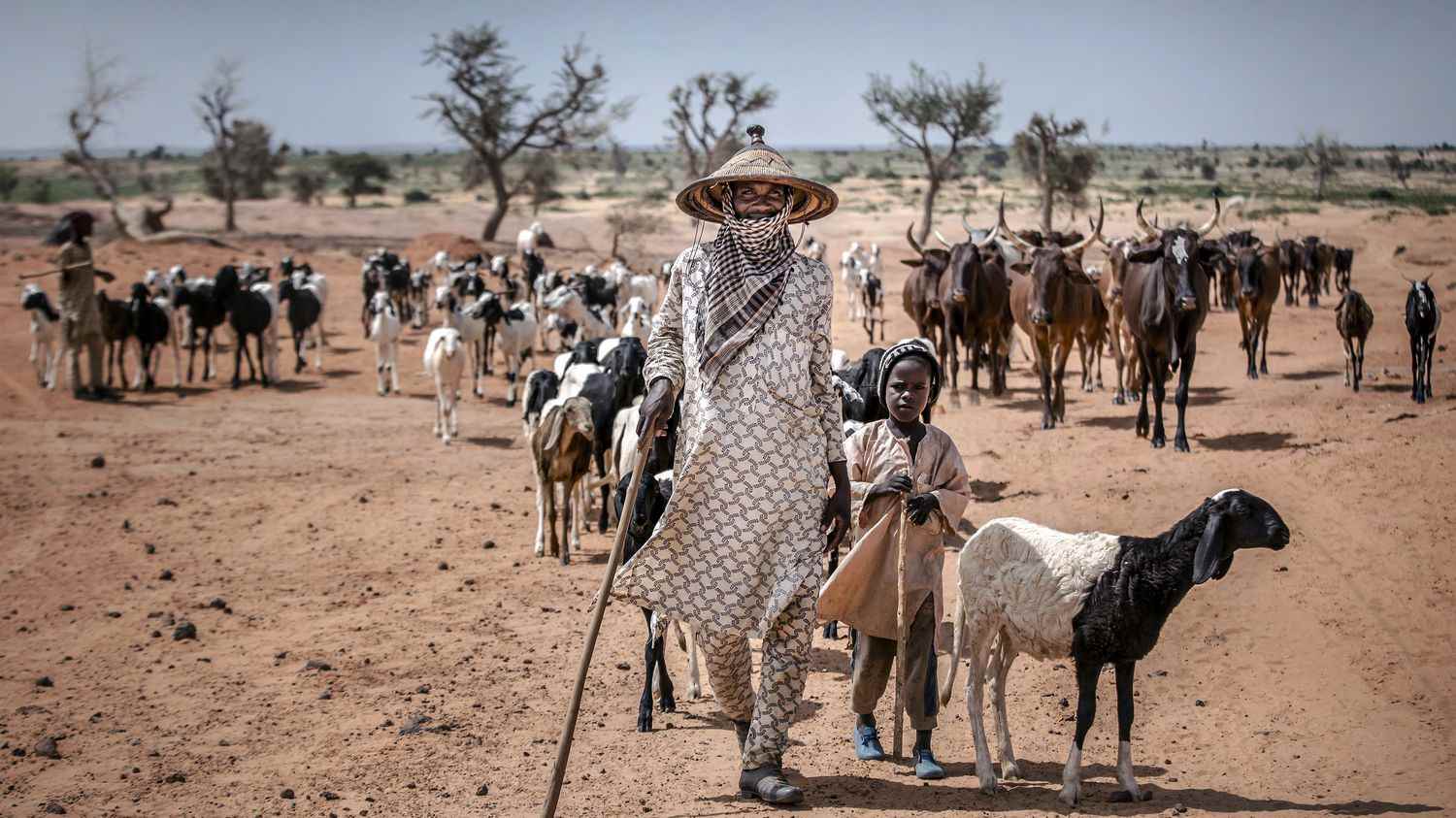Niger has decided to provoke “artificial rain” in the face of the drought which this year has caused a severe food crisis in this arid country where 80% of the population depends on rain-fed agriculture. This technique “cloud seeding” increases rainfall in agricultural regions affected by drought.
These “induced rains” consist of using an airplane to introduce chemicals into the clouds, in particular a mixture of silver, sodium and acetone.
Cloud seeding is a tricky technique that only works with certain cloud types and can have negative environmental consequences. The west of the country, including the Niamey region, benefited from the first interventions in early August, after several weeks without rain. The operation will continue until the end of September, the usual end of the rainy season in Niger. The climate in this country is of the Sahelian type, characterized by a long dry season of 8 to 10 months and a short rainy season which lasts 3 to 4 months, from June to September.
“We had to act on this problem of drought” in order to have “many more rainy days and at the same time increase the amount of rain”, explained Katiellou Gaptia Lawan, director of Nigerien meteorology who is piloting the operation with the Malian consortium Ibi Air. He points out that there is in Niger “many prolonged dry spells that disrupt crop and pasture development”. According to him, one-off interventions must therefore mainly target cropping or grazing areas, when these are experiencing “long rainfall respites”. While the country has more than 52 million head of cattle. Livestock provides a living for a large part of the population in the north of the country.
According to Nigerien authorities, more than 4.4 million people are already food insecure “strict”, or about 20% of the population. The rate of acute malnutrition among children is likely to be 12.5%, exceeding the emergency threshold of 10% set by the World Health Organization (WHO).
“Experts predict that, by 2100, the temperature will increase by 3°C to 6°C, aggravating the problems of food security, water scarcity but also conflicts and humanitarian crises”, warns the World Bank.
